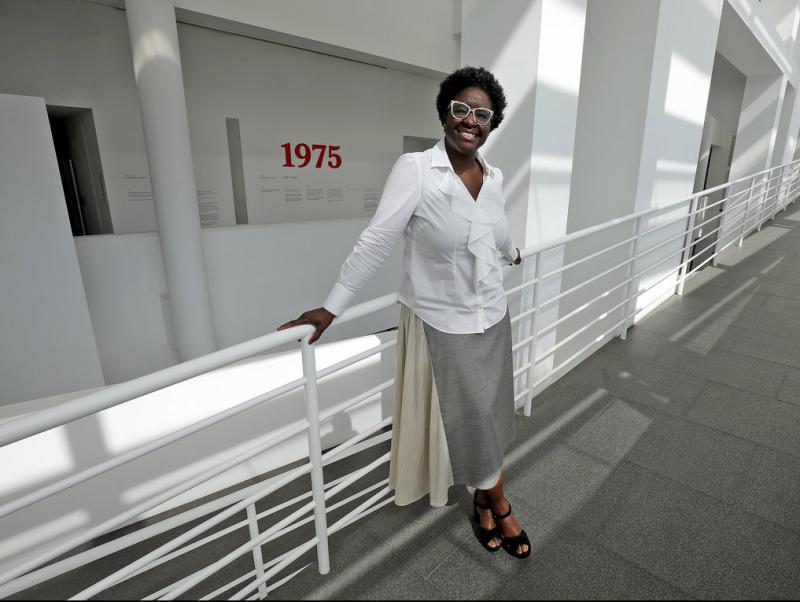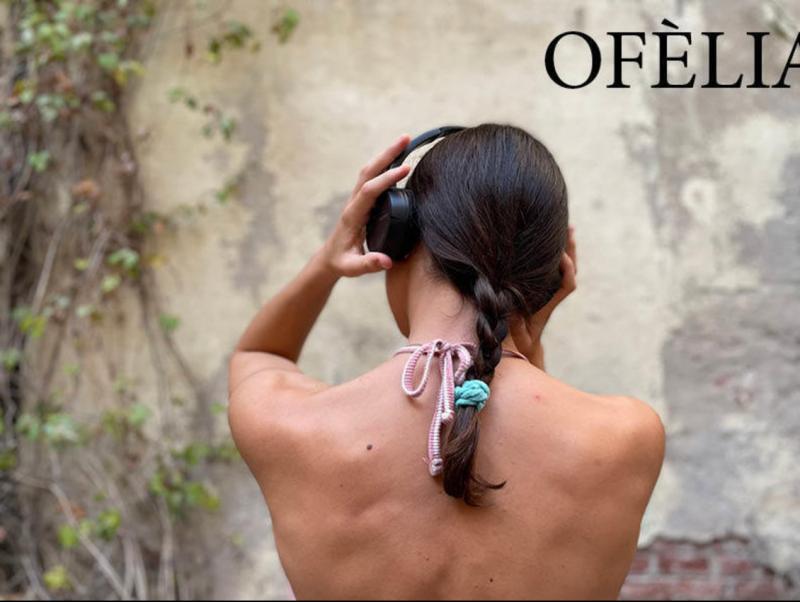Jordi Bordes. jbordes@elpuntavui.cat
Theatre without limits
Private and public theatres have been pushing the health authorities to remove capacity restrictions
Just over a million theatregoers. That is the hole that the pandemic has made in theatre attendances when comparing the season that ended in August with the 2018/19 season, the last before the pandemic began. If in 2018/19 total theatre attendance reached 2.5 million, last season (in which health restrictions of one type or another applied) the number was down to 1.4 million spectators.
Adetca, the Association of Theatre Companies of Catalonia, says it hopes theatres can make up the lost ground in the next two years. However, to make this possible, they argue that it is necessary for the health authorities to lift the capacity restrictions on public attendance (currently set at 70%, and which at times last year was as low as 50% ). The association representing Catalonia’s theatres believes that as the rate of vaccination of the population is now above 70%, and with the official statistical data showing that the fifth wave of the virus has been overcome, it is now safe to remove the capacity restrictions.
Under the slogan #laculturaéssegura (#cultureissafe) Adetca points out that no outbreaks of the virus have been reported in theatres, and is calling for the same restrictions to be applied as on public transport, where there are currently no limitations on capacity or seating. They also say that places like London, Paris, New York and Denmark are already looking at a 100% return to theatres, and they further argue that access to culture must be part of the solution to the wave of mental health cases due to the pandemic that the health authorities are predicting.
Catalonia raises the curtain
Last month, the new season was launched with the annual celebration of the theatre sector, ’Catalunya, aixeca el teló’ (Catalonia raises the curtain), in what was the 20th edition of the gala event held at the Liceu opera house and broadcast on Catalan public television, TV3. One of the highlights of the event was the honorary achievement award given to La Cubana theatre group, whose “40+1” years on the stage is currently being commemorated in a special exhibition in Sitges. However, this year’s event also aimed to encourage reflection on the dedication of stage professionals, the vulnerability of the sector, and the importance of theatre as an essential cultural activity in society.
The 20/21 season has been dubbed the “resistance” season, and is being presented as the beginning of the comeback. After the lockdown, theatres opened aware that the demands of the public had to be met and that it was essential to generate activity for the survival of the sector. When the restriction on capacity returned to 50%, the Catalan government provided a special aid package that allowed companies to claim up to 70% of normal turnover. Now, Adetca says it prefers the market to regulate attendance capacity. Although the most recent figures analysed show that average attendance across the sector does not exceed 60% of the total capacity, it is essential for productions with the highest artistic expenditure (such as musicals) to be able to reach 100% attendance. If last season theatres were provided with government support to cover their costs, this season they want restrictions removed and to take their chances at the box office.
The organisers of the 30th edition of the Temporada Alta theatre festival, which will be held from October 8 to December 13, put 70% of the total tickets on sale on September 9. They say that if the remaining 30% are freed up with the removal of capacity restrictions, they would most likely release them for sale. By contrast, the Liceu opera house in Barcelona has opted for a policy of offering 70% of tickets until January in the expectation that from that date it will be able to offer 100% of its attendance capacity.
Attendance down by 17%
What does 1,450,330 spectators mean compared to the previous season? It means attendance down by some 17.4% (with the pre-pandemic part of the season going from September to February and theatres completely closed from March to June). What’s more, the figure represents a 43.5% fall compared to the 18/19 season. As for total revenue, that has dropped from 64 million (18/19) to 46 million (19/20) and so far in 20/21 has reached a rock bottom of 38.6 million. Compared to the 2019/20 season, so far this year there have been 185 shows and 3,099 more performances, although it must also be noted that the capacity restrictions meant there were half a million fewer seats offered for sale. The best news comes from the local theatres, which have already begun to recover: so far this year they have increased revenue by 12.3% and have retained virtually the same number of spectators.
Barcelona continues to mostly depend on homegrown productions (74%), and continues to be the place where Catalan language productions predominate (60%), with 44% of shows performed in Catalan compared to 38% in Spanish. In 2019/20 there was a change as far as audiences are concerned, with more people going to shows in Spanish than in Catalan (770,977 and 697,956, respectively). However, this year so far the situation has been reversed, with more spectators going to shows in Catalan (615,600) than in Spanish (588,276). The change is likely due to the drastic reduction in the number of musicals in Barcelona in 20/21 (down by 50%). Finally, this year, for the first time in all the years that data on the main theatres in Barcelona have been collected, the month with most attendances was July, in most part thanks to the extensive programming provided by the Grec theatre festival.
feature theatre
Attendance for 2020/21
Despite the numbers being insufficient to ensure the sustainability of the theatre sector, Adetca points out that, compared with attendance in the world’s major capitals, the Liceu has been the most attended opera house in the world, and the show ’Nada es imposible’ (Nothing is impossible) is among those that attracted the most spectators worldwide. In spite of everything, Catalonia has been a celebrated exception. Yet one demand from Adetca is to do everything possible to bring audiences back to theatres. The loyalty of the most committed spectators has already been shown this season but new avenues need to be opened up, argues the association. An example is the Bonus Cultura campaign, from the Barcelona Culture Institute (ICUB). From July 2020 to August, 253,618 card vouchers were sold, with the city council covering 25% of the price of the voucher that can be used to promote culture by buying books, records or theatre, concert or cinema tickets. Adetca now supports the voucher card, which has seen 7.2 million euros spent on culture, being extended across Catalonia.






